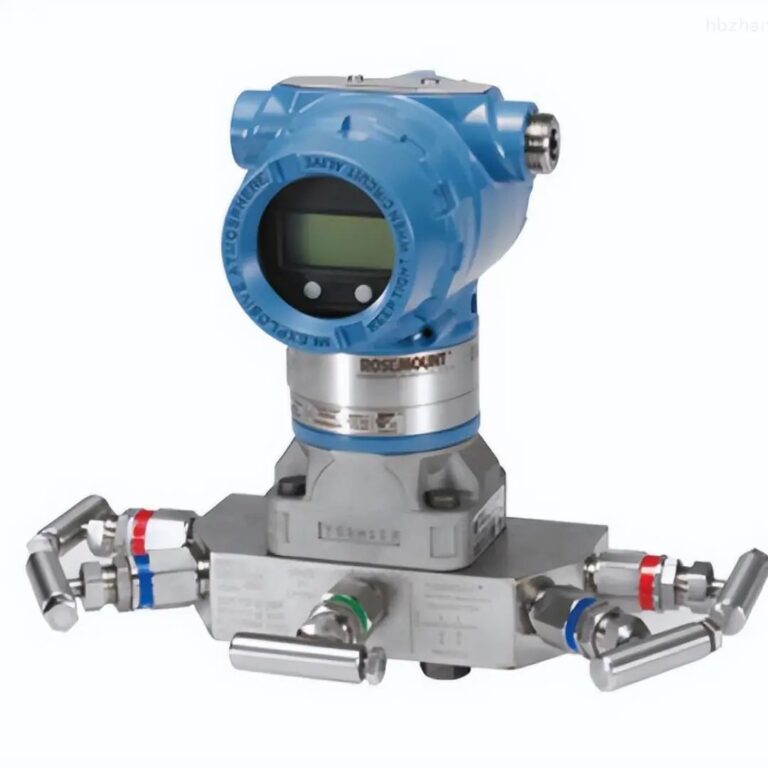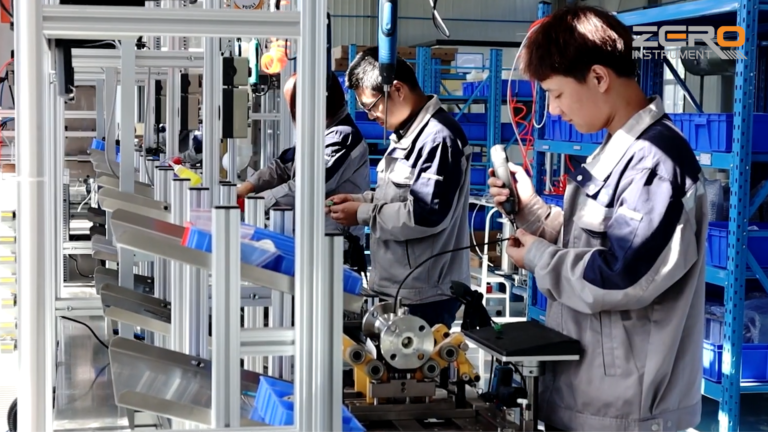1. Coordinate with the Process Department
Always establish contact with the relevant process department and obtain permission before beginning maintenance work.
2. Risk Assessment
Conduct a thorough risk analysis, including consideration of the medium, pressure, and temperature. Wear appropriate protective gear and, if necessary, use explosion-proof tools. It’s recommended to work in pairs to ensure mutual supervision.
3. Inspection of Valve at Welding Point
Inspect the switch at the root valve. Based on the length of the valve stem exposed, determine whether it can be closed tightly. Tighten the packing if necessary, and apply grease to both the valve stem and packing bolts. If any issues are discovered, address them before proceeding to hot work. For flange gate valves, if conditions allow, remove them and perform a pressure test before reinstallation. Replace any faulty valves. Ensure that the replacement valves, gaskets, and bolts match the original pressure rating and material specifications.

4. Inspection for Corrosion of the Pressure Tubing
Check the pressure tubing for signs of corrosion. Use several points along the root and tubing for thickness measurements and record the findings. If necessary, replace the tubing with one made of the same material and dimensions, after performing hot work.
5. Ensuring the Pressure Tubing is Clear
Verify that the pressure tubing is unobstructed. If the container has medium inside, you can assess the pressure change by cutting, venting, and reintroducing the medium or by flushing the isolation fluid if there’s an isolation liquid line. If the medium is water or another non-toxic substance, you can drain and flush the pressure tubing through the drain. If the container is confirmed to be free of pressure and medium, use a compressed air line or tools to clear any blockages.
6. Checking the Pressure Transmitter
Inspect the display and zero setting of the pressure transmitter for water ingress and ensure waterproofing measures are in place. For single-flange pressure transmitters, check for any damage to the capillary tube, such as oil leakage or improper fixation. Clean the diaphragm with a soft cloth and inspect it for scratches, dents, swelling from air ingress, oil leaks, or collapse. Lightly press the diaphragm and observe whether the display changes normally.

7. Pressure Test if Conditions Permit
Perform a pressure test to confirm there are no leaks.
8. Safety Measures for High-Altitude Work
If working at heights, ensure that you have a work permit and wear a safety harness.

9. Precautions for Disassembly and Installation of Single-Flange Pressure Transmitter Root Flange Gate Valves
- Wear appropriate personal protective equipment and follow safety regulations.
- Disassembly should only begin once process conditions are confirmed to be safe.
- After removing insulation, organize it neatly, and after completing the work, clear the site according to designated protocols.
- Take care to protect the capillary tubes from damage or sudden sharp bends. Secure the diaphragm housing before completely removing the bolts to prevent it from falling and damaging the capillary tubes.
- If the diaphragm housing is stuck due to medium residue, avoid forcibly pulling it off. Slightly warm it with steam before removal, and use suspension methods to prevent diaphragm damage. Clean and inspect the diaphragm carefully.
- Always replace the gasket with a new one that meets the required specifications when reinstalling the diaphragm housing. Ensure the gasket is correctly positioned, and avoid pressing the diaphragm with the inner edge of the gasket. If any bolts need replacing, ensure the new ones match the original in terms of material and specifications, and that the flange is tightened evenly.
- Mark the root flange gate valve with its identifier after removal, organize and dispatch it for maintenance and pressure testing. After cleaning the pressure tubing, replace the valves with new gaskets as required. Ensure the flange is properly aligned, and that the bolt ends are evenly exposed beyond the nuts.

This expanded version includes further details and clarifications to help ensure safe and effective maintenance procedures for pressure transmitters.
